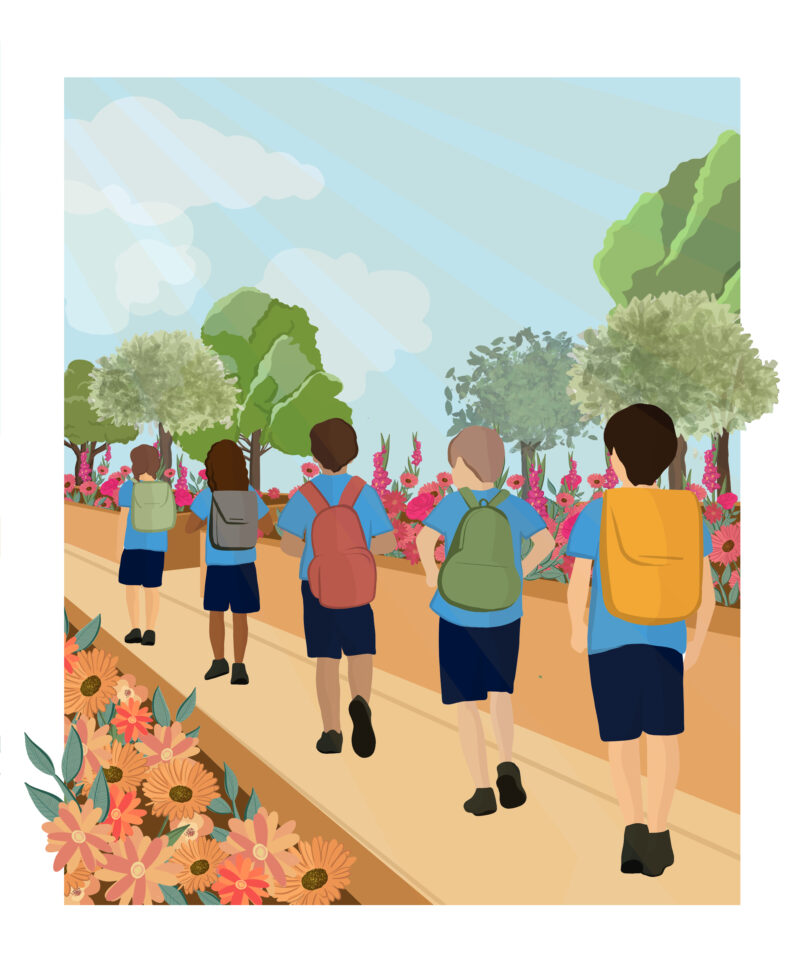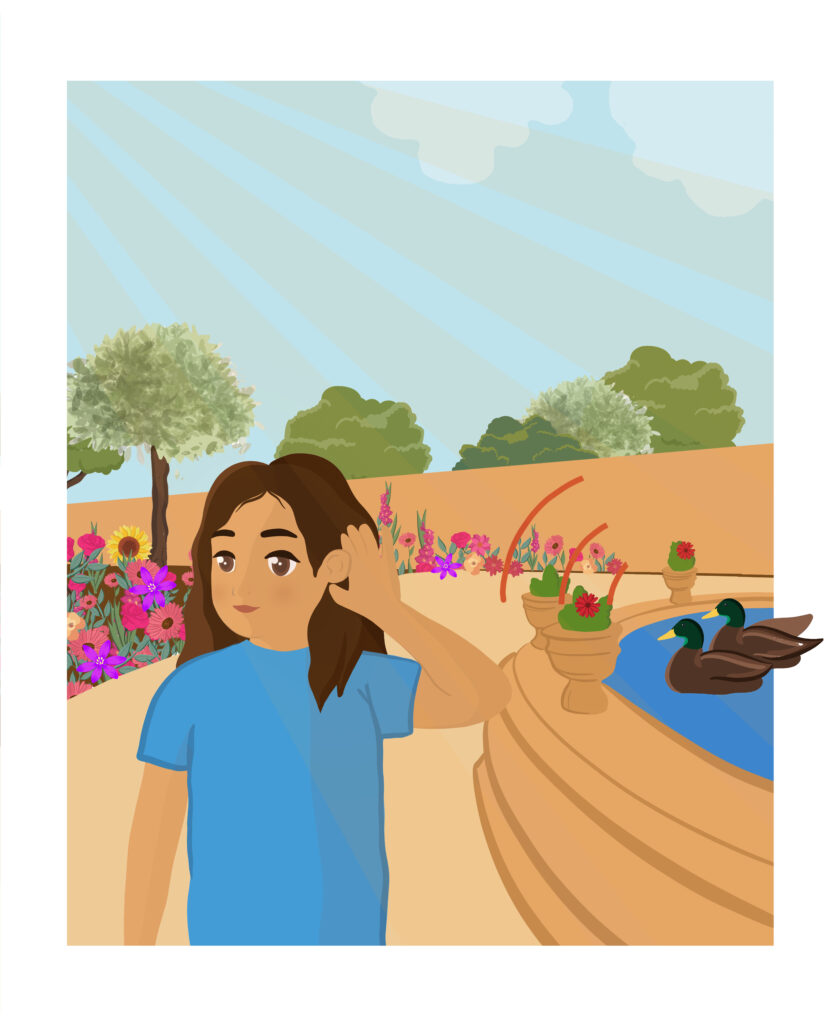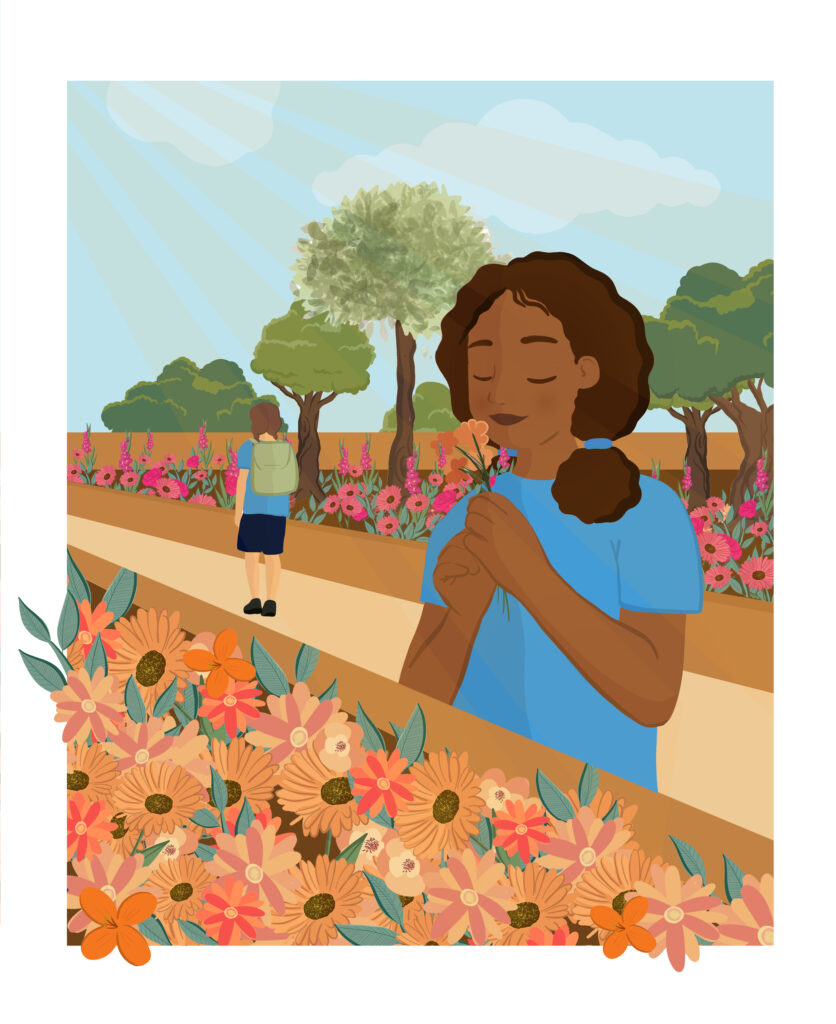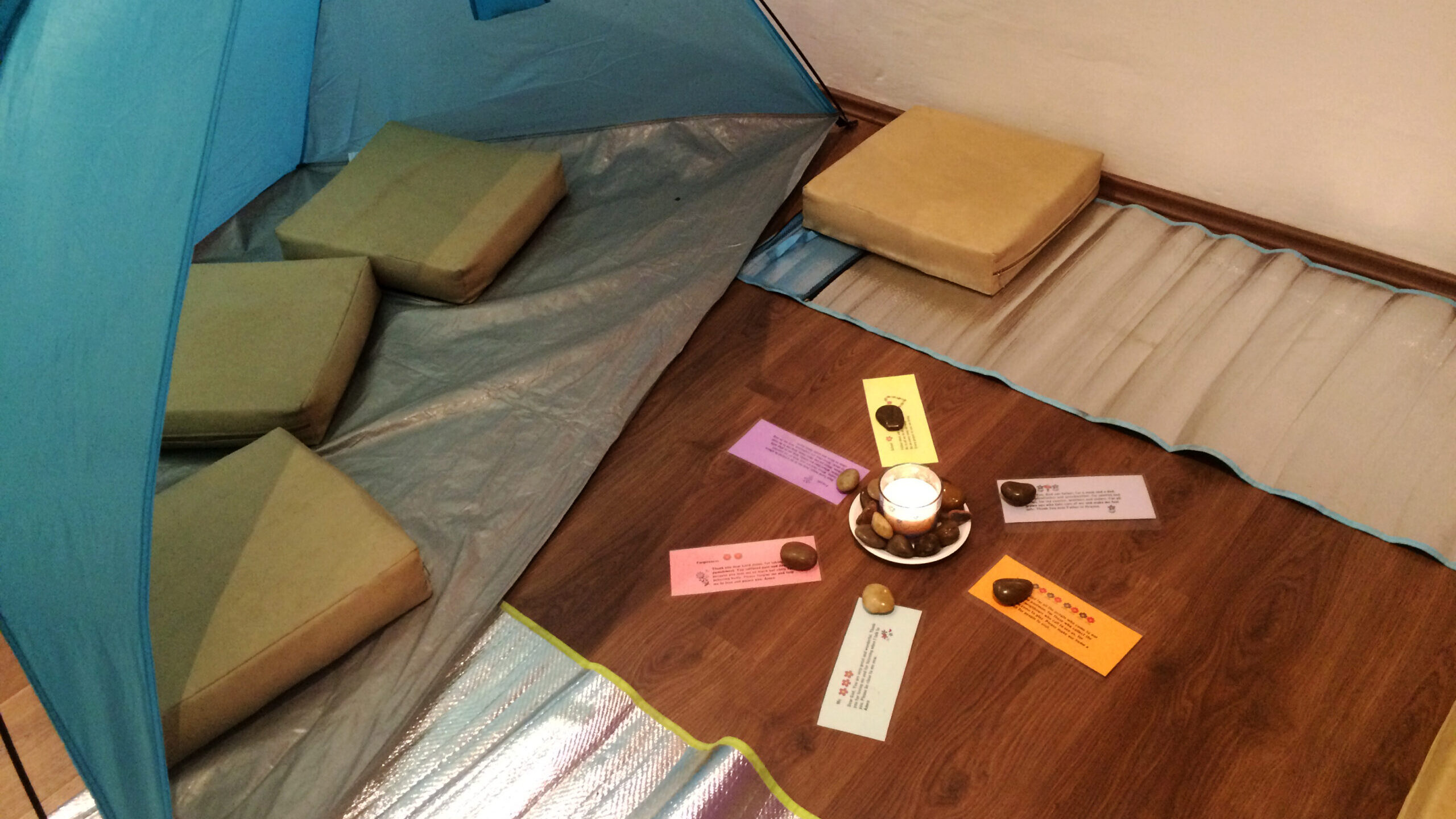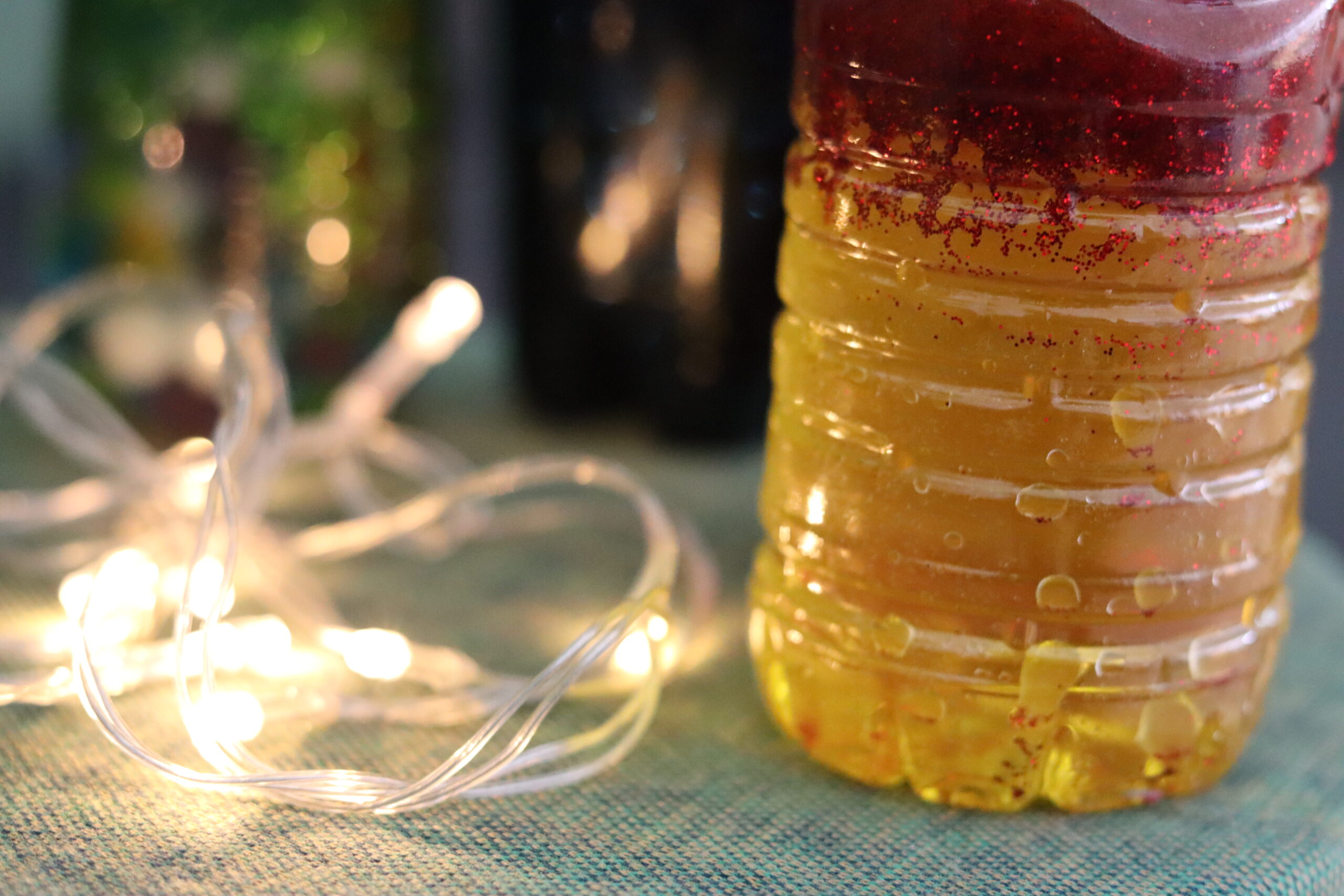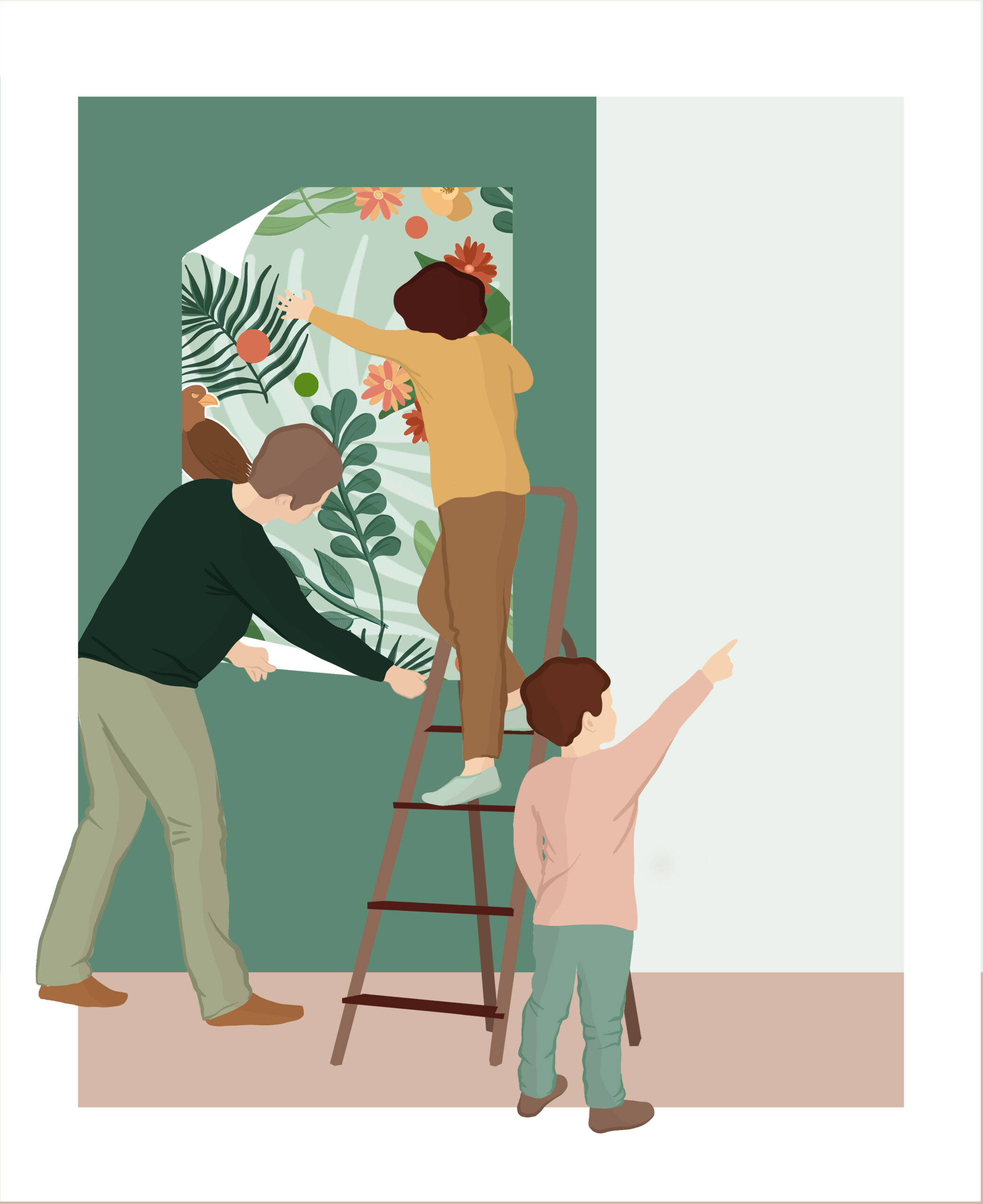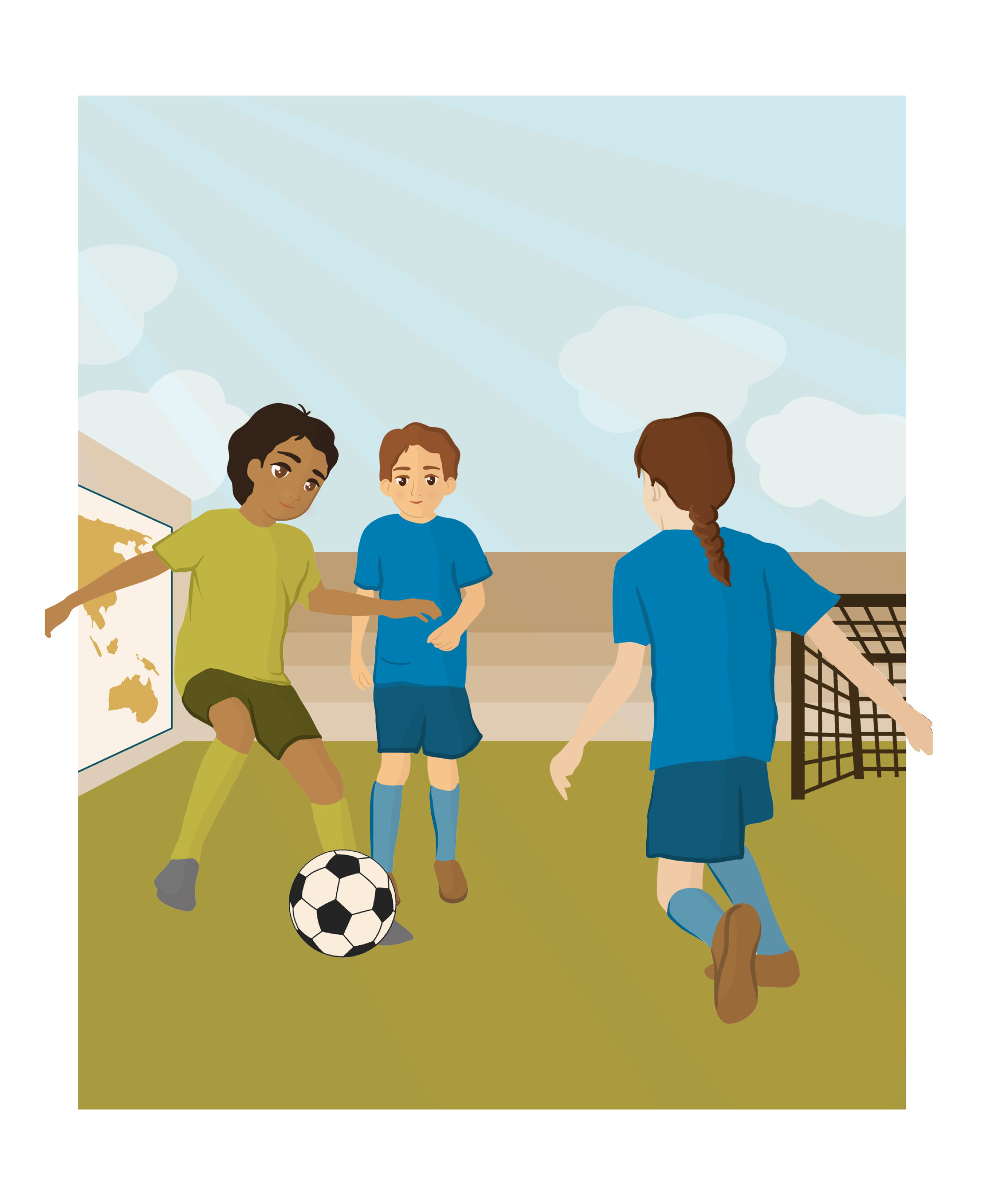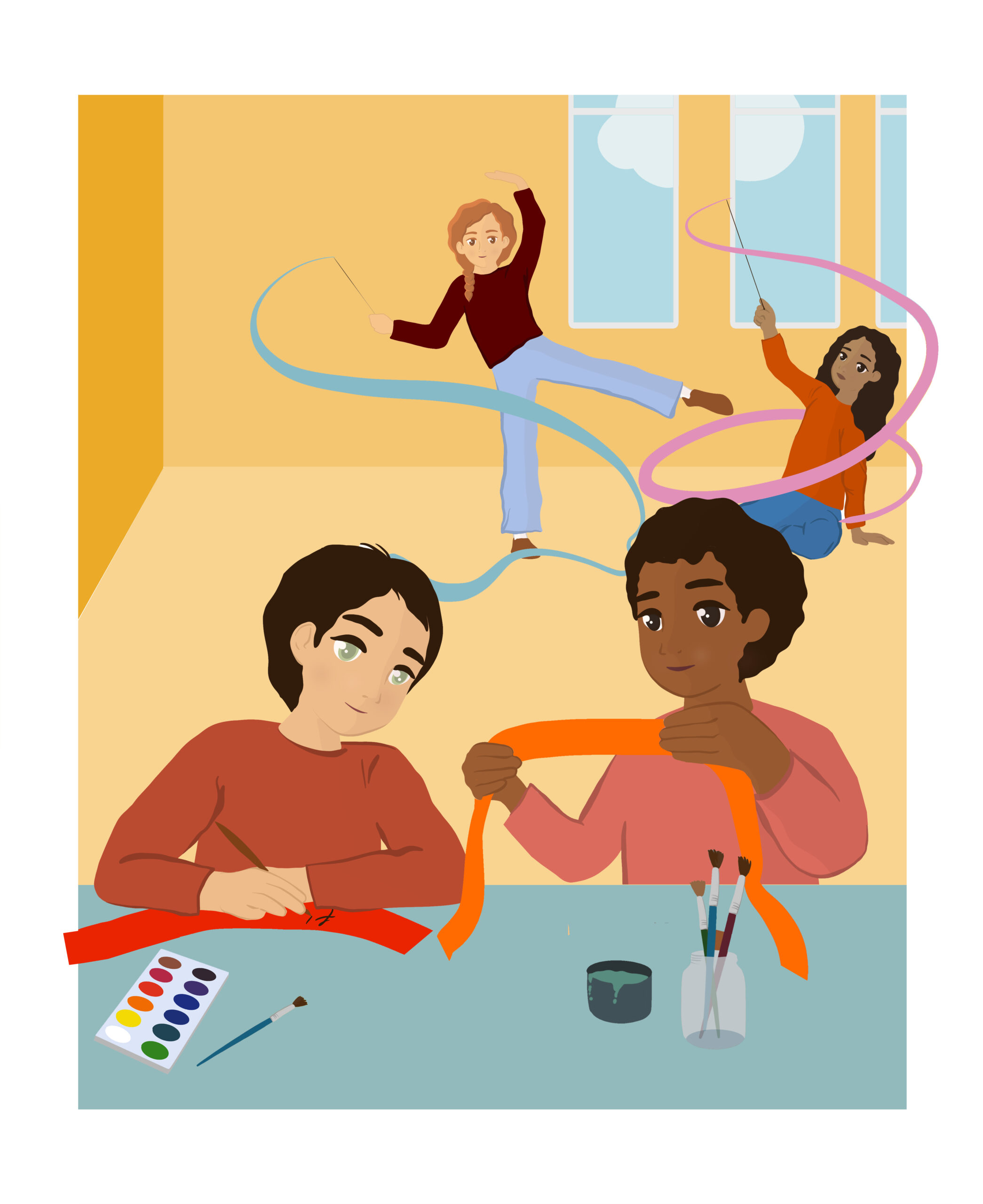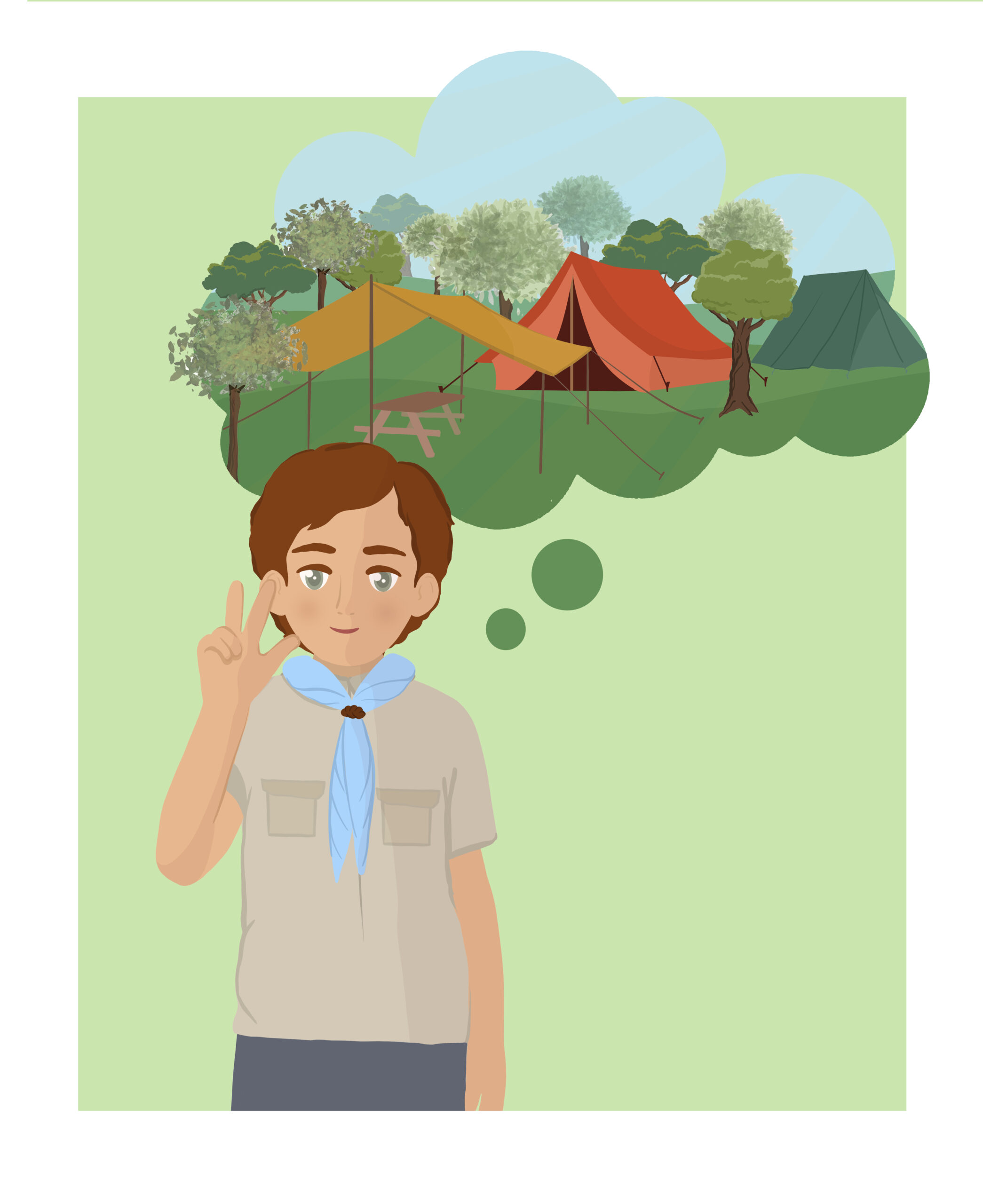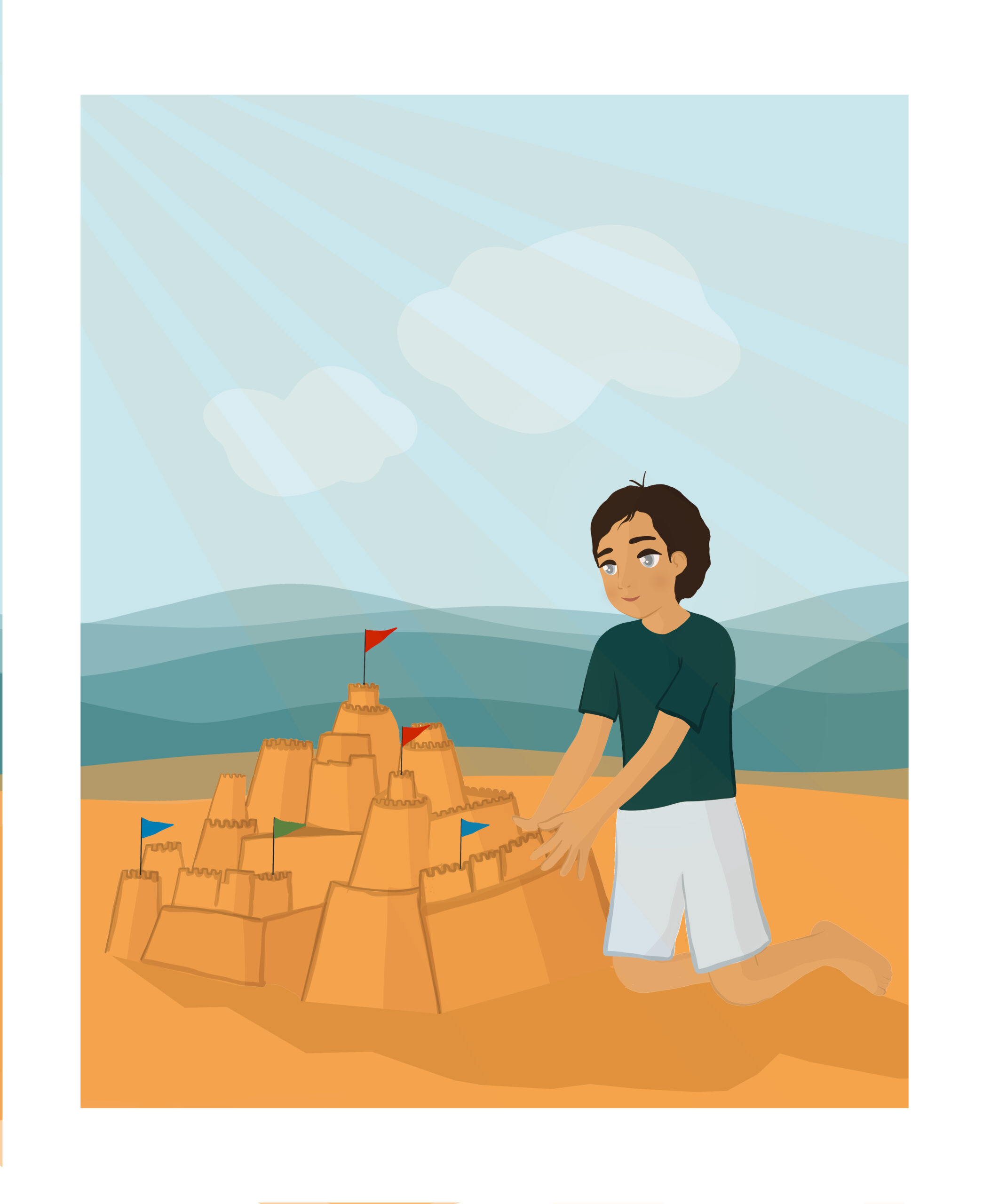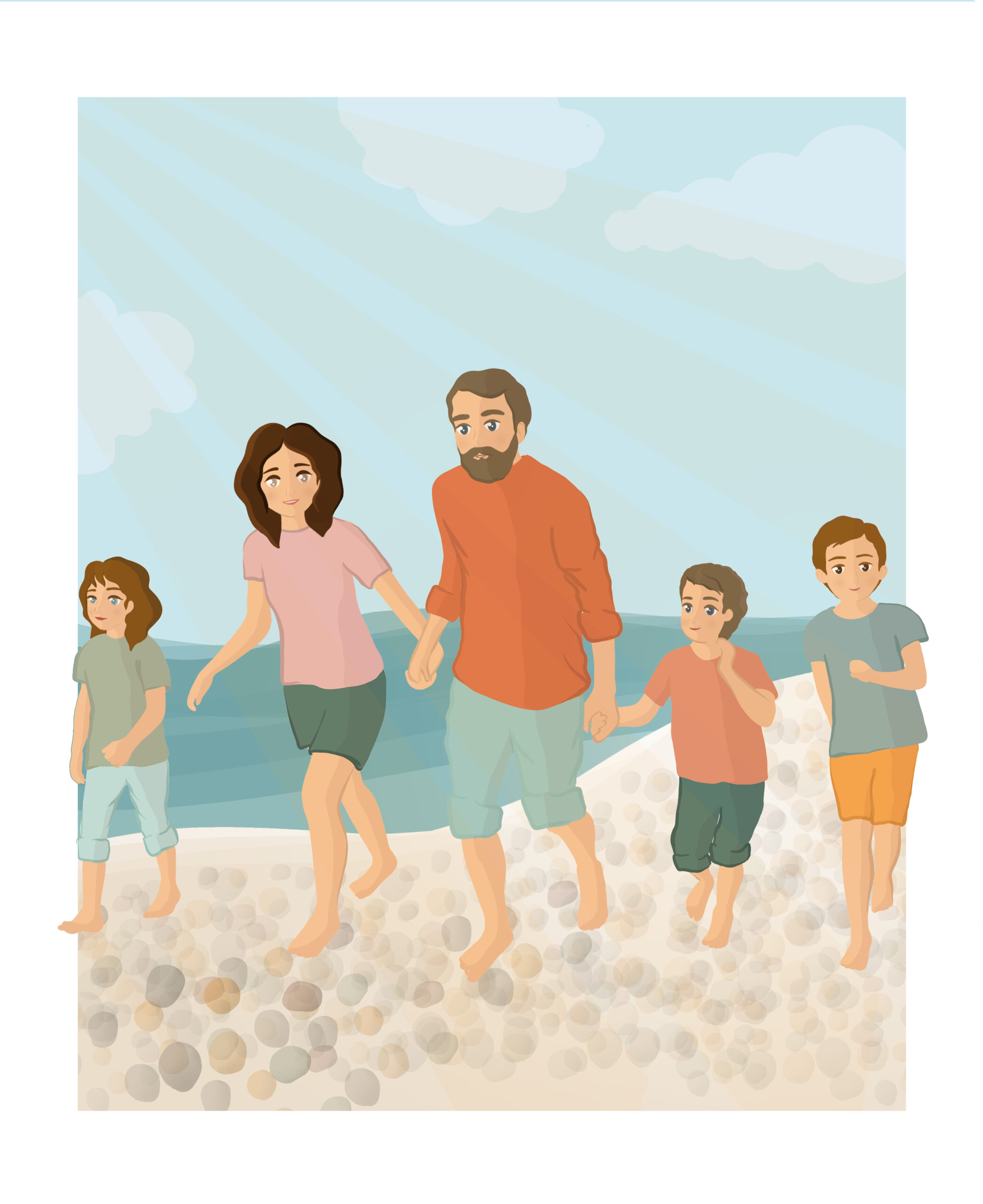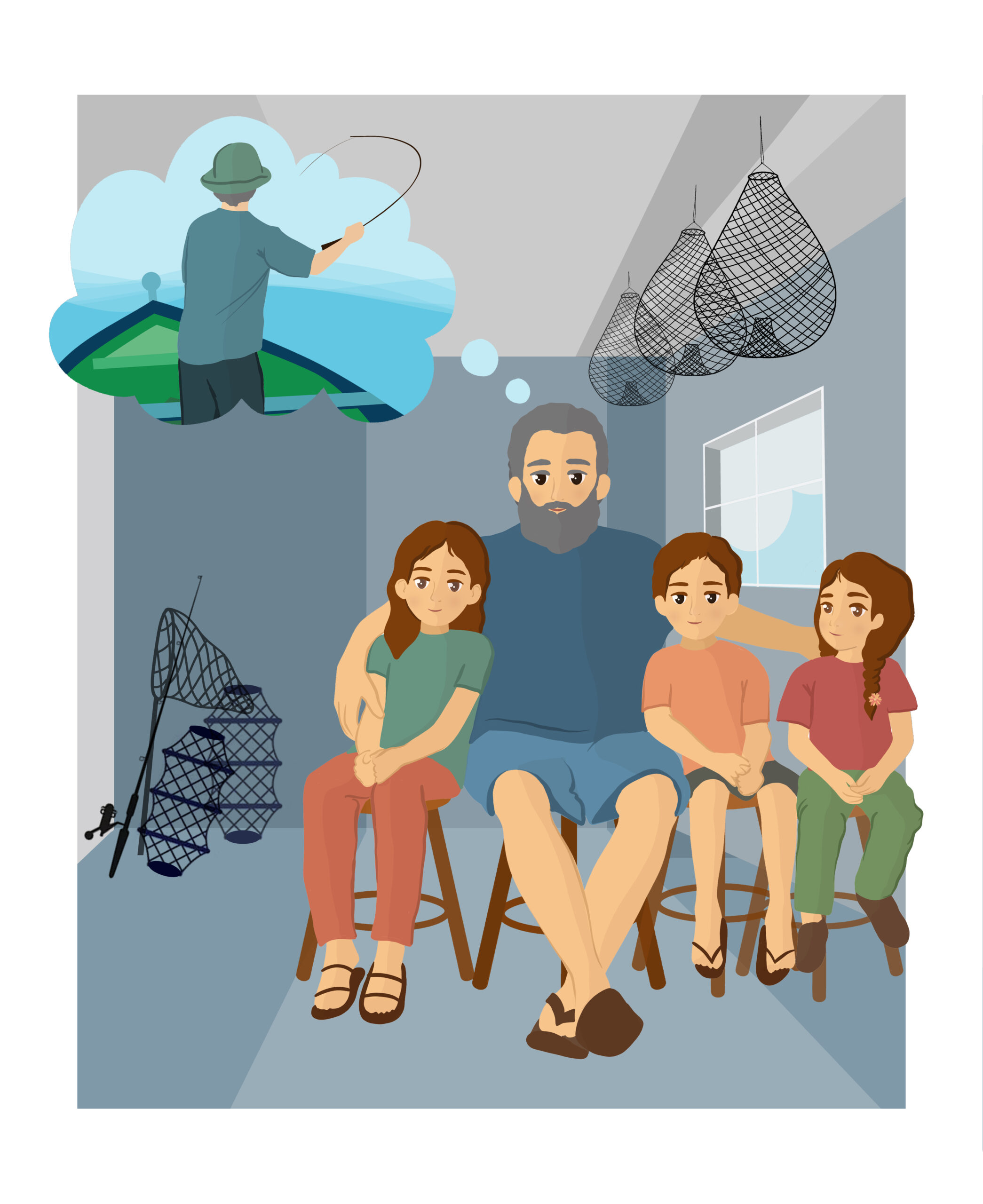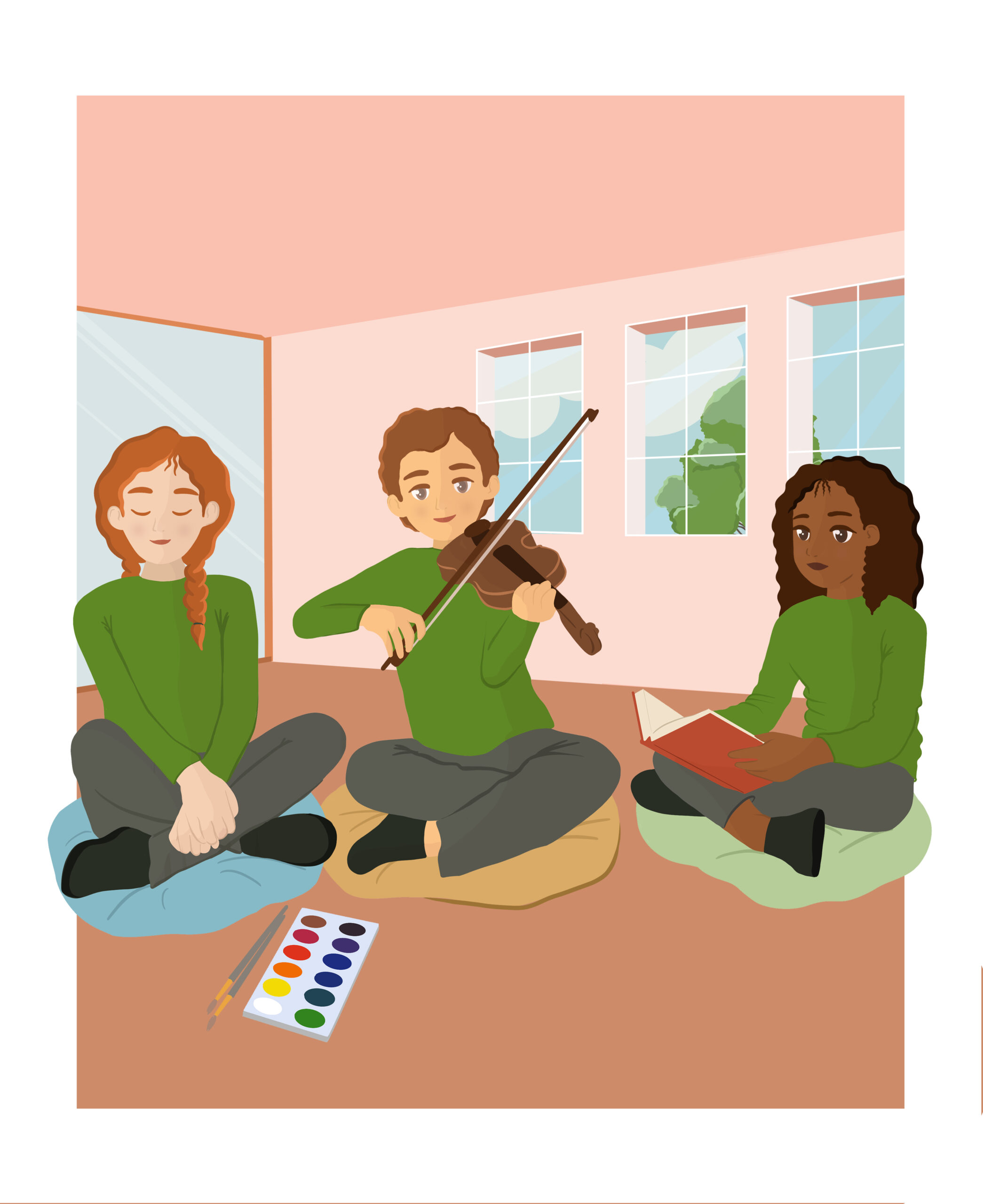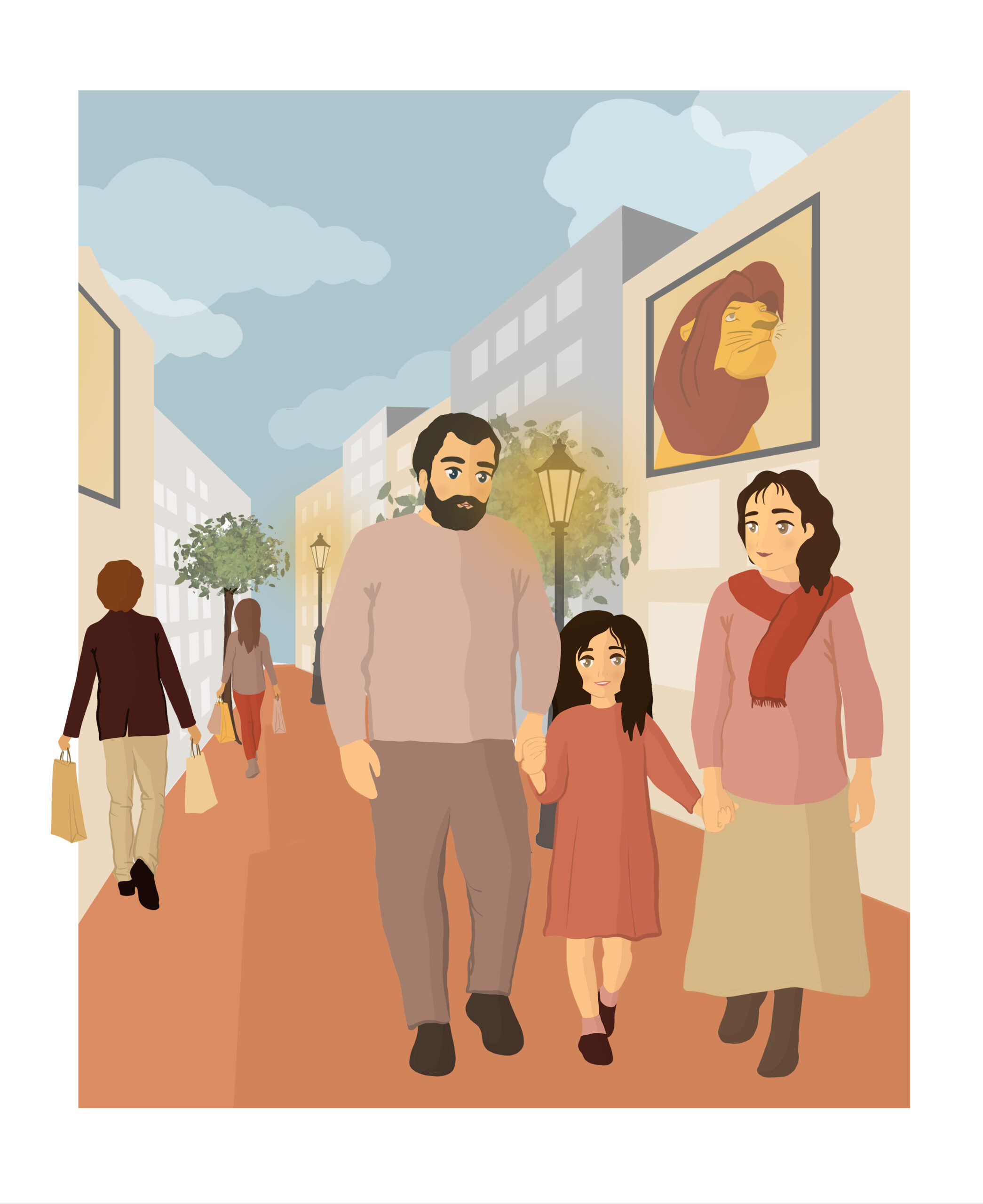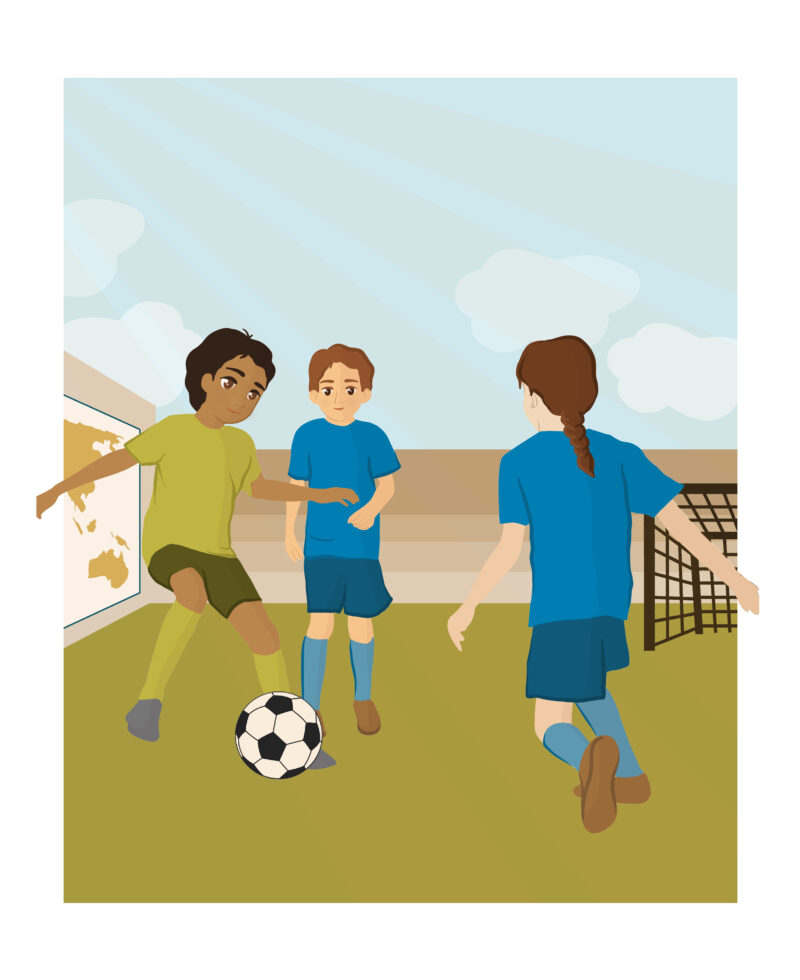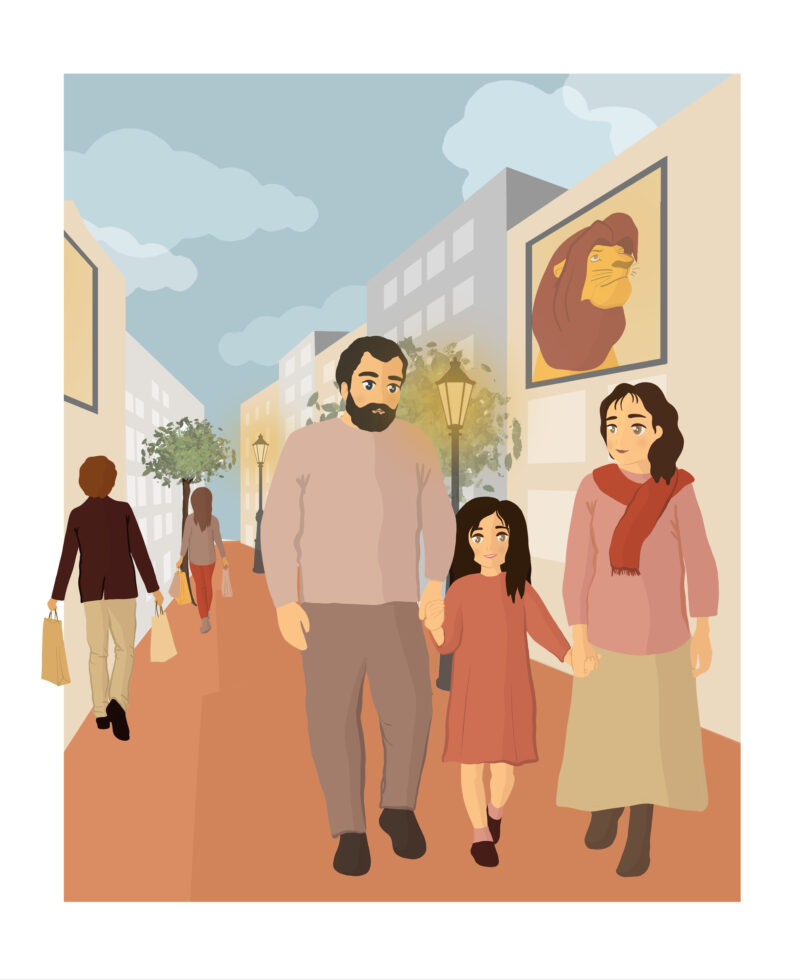The story is about sixth-grader pupils who went on an outing at San Anton Gardens. They walked along a path full of flowers and trees that led them to wooden benches. They sat in a comfortable position with their backs straight to the bench and carried out a ten-minute Christian meditation.
Ages
- Early Years
- Primary Years
Topics
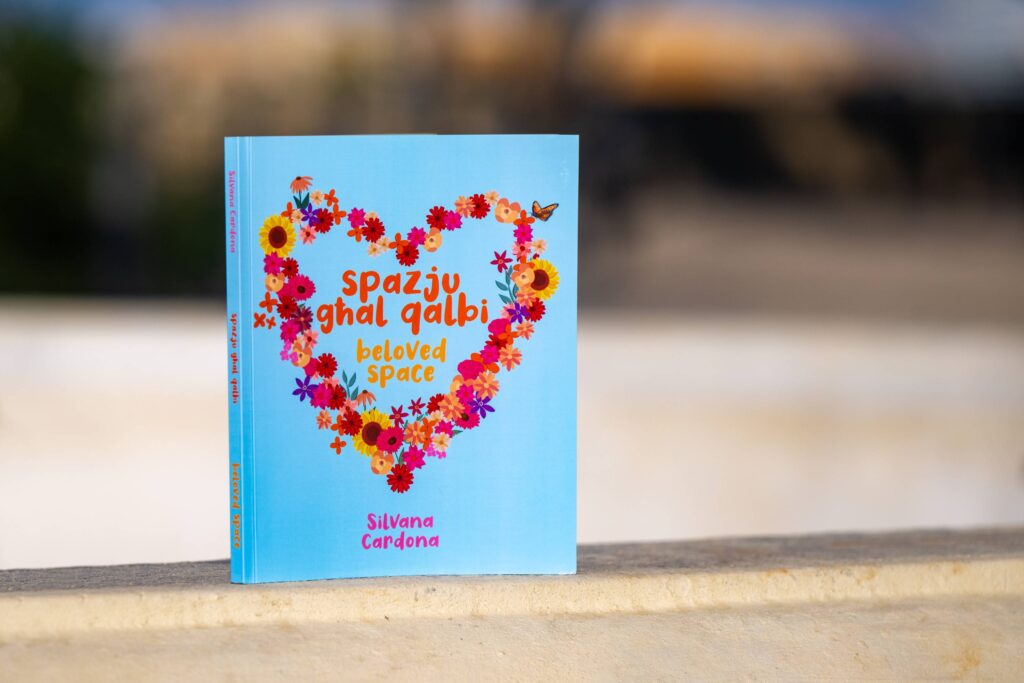
Fis-Skiet fil-Ġnien
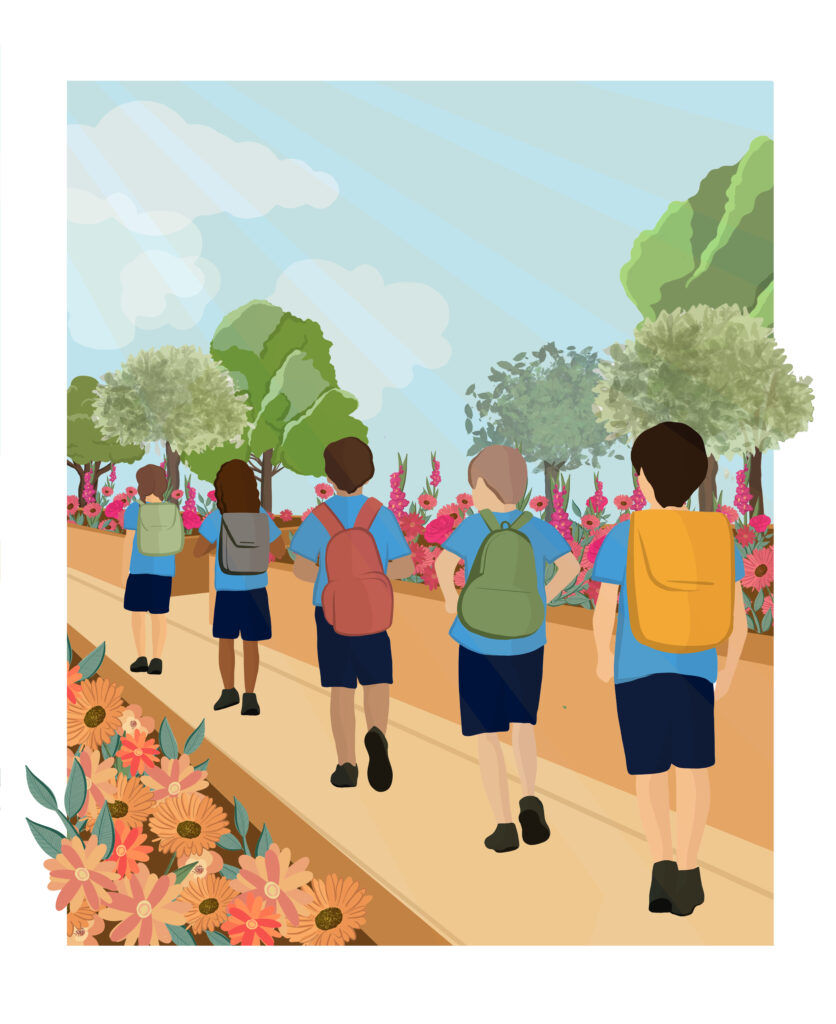
It-tfal tal-klassi 6 Rubies, waslu l-ġnien ta’ Sant’ Anton.
Kienu ppreparati minn qabel li din il-ħarġa ma kinitx biex jieħdu noti fuq il-pitazz dwar it-tipi ta’ siġar u nsetti li ser jaraw. Lanqas biex ikomplu jitħarrġu fi strateġiji tal-kitba billi jintervistaw xi nies li jkun hemm fil-ġnien u jiktbu dak li jgħidulhom.
“Mela x’ser nagħmlu? Jaqgħu se mmorru nisimgħu storja rrakkuntata minn xi awtur lokali?” staqsa wieħed tifel.
“Le, xejn minn dan,” wieġeb l-għalliem. “Tant kemm narakom tieħdu gost bilqiegħda fuq il-kuxins fis-skiet għal ftit minuti kull filgħodu qabel ma nibdew il-lezzjonijiet, li din l-esperjenza sabiħa se mmorru nagħmluha barra mill-klassi wkoll.”
Kif waslu fid-daħla tal-bieb tal-ġnien, l-għalliem beda jispjegalhom x’kellhom jagħmlu u qalilhom, “Ħarsu lejn l-art u nnutaw il-linja dritta li hemm matul iċ-ċangaturi. Irridkom toqogħdu wara xulxin fuq dik il-linja u żommu ftit distanza bogħod minn xulxin ukoll. Issa ibdew imxu fuq il-linja dritta billi tmiddu sieq waħda quddiem l-oħra u tagħtu passi żgħar quddiem xulxin sakemm taslu fit-tarf tal-passaġġ.
Intom u mexjin żommu s-silenzju.”
Hekk kif bdew mexjin, it-tfal setgħu jinnutaw ammont kbir ta’ fjuri roża fuq in-naħa tal-lemin tagħhom u fjuri oranġjo fuq in-naħa tax-xellug.
Il-passaġġ imbagħad wassalhom ħdejn bankijiet tal-injam poġġuti f’għamla ta’ nofs tond ’il bogħod min- nies biex wieħed jista’ joqgħod fis-skiet. Skiet li tant huwa bżonjuż għall-moħħ u għall-qalb.
Raddew is-salib u qalu talba filwaqt li rringrazzjaw lil Alla li jinsabu hemm.
Bdew iħarsu lejn is-siġar twal u wesgħin filwaqt li tbissmu bl-hena ta’ dan il-post trankwill imdawwar b’tant siġar u fjuri sbieħ.
Huma ftakru wkoll f’ħajjet Ġesù dwar meta huwa wkoll kien ifittex li jqatta’ ħinijiet twal jimmedita fil-ġonna, kemm meta kien iħossu ferħan kif ukoll meta kien iħossu mnikket.
Wara ftit l-għalliem stedinhom ipoġġu bilqiegħda f’pożizzjoni komda, jagħmlu daharhom dritt mal-bank, jagħlqu għajnejhom u jibdew jieħdu n-nifsijiet ’il ġewwa u ’l barra.
Man-nifs ’il ġewwa u ‘l barra jlissnu f’moħħhom l-isem ĠESÙ maqsum f’żewġ sillabi: ĠE – SÙ.
Żied jgħidilhom ukoll li waqt li jkunu fis-skiet, iridu jinnutaw il-ħsejjes li jkunu qed jisimgħu madwarhom biex imbagħad jaraw min minnhom ikun lest li jsemmi l-itwal lista ta’ dak li jkun sema’. Min isemmi l-aktar, ikun rebbieħ. Jiftħu għajnejhom meta jisimgħuh idoqq il-qanpiena ċkejkna li kien ġab miegħu.
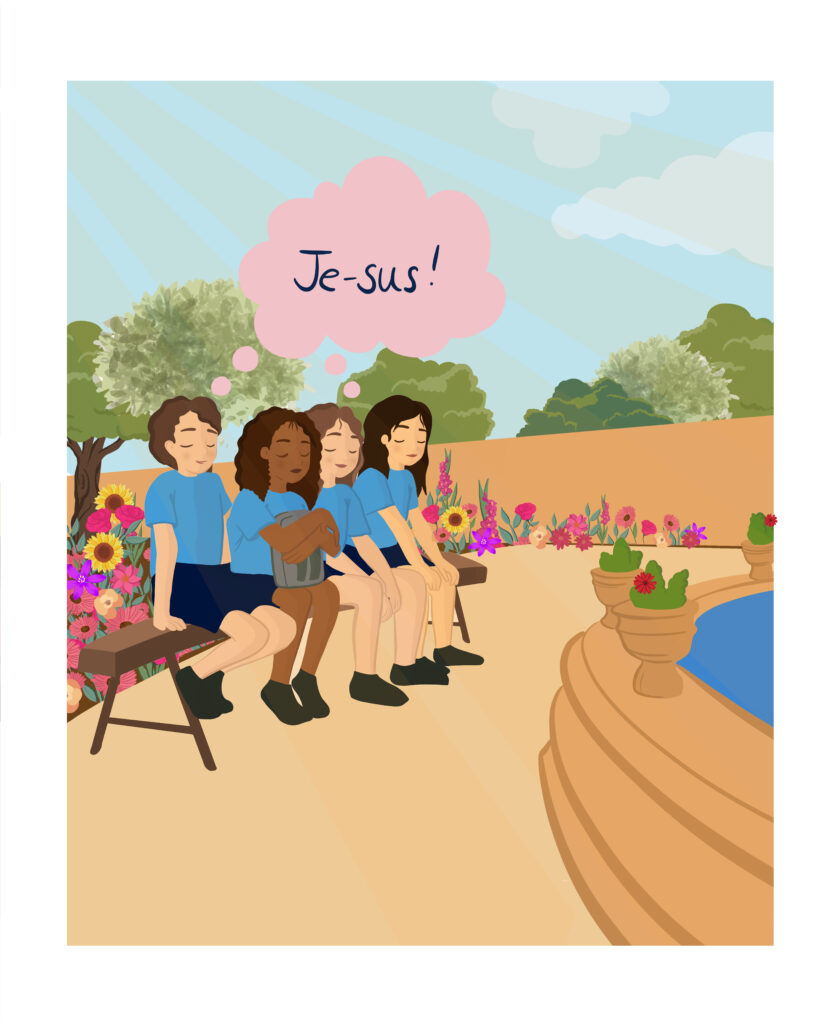
It-tfal poġġew bilqiegħda fuq il-bankijiet, sabu pożizzjoni komda u għamlu daharhom dritt mal-bank.
Imbagħad għalqu għajnejhom.
Ħadu nifsijiet ’il barra u ’l ġewwa u f’moħħhom lissnu s-sillabi ĠE – SÙ.
Huma qagħdu hemm bla ma jitħarrku.
Saru konxji tar-ritmu tan-nifs tagħhom li issa tant kien kalm.
Madwar għaxar minuti wara, instema’ il-ħoss tal-qanpiena.
Issa t-tfal setgħu jerġgħu jiftħu għajnejhom.
Min xtaq jaqsam mal-oħrajn beda biex qal li huwa sema’ xi ħsibijiet f’moħħu li ta’ spiss joqgħod jhewden dwarhom. Sema’ wkoll lil wieħed mill-ġenituri tiegħu jgħajjat, jirrabja u jfarrak l-affarijiet kull darba li jkun fis-sakra.
Għalkemm ħass ċerti emozzjonijiet, fl-istess ħin qal li waqt li beda jgħid is-sillabi ĠE – SÙ, huwa ħalla dawn il-ħsibijiet u emozzjonijiet u telaqhom f’idejn Ġesù.
Tfal oħra qalu li semgħu l-għasafar jgħannu, il-papri jtaqtqu u xi ħamiem igorr. Kien hemm xi wħud li semgħu l-ħornijiet tal-karozzi, xi bikja ta’ tarbija u anke xi ambulanza għaddejja fil-viċin.
“Prosit!” qalilhom l-għalliem. “Min iħoss li għandu jitkellem ma’ xi ħadd li jista’ jgħinu dwar dak li sema’ f’moħħu, jista’ jagħmel dan meta naslu lura l-iskola.”
“Issa nistgħu nqumu minn fuq il-bank u nkomplu nimmeditaw permezz tas-sens tax-xamm waqt li ngħaddu minn passaġġ ieħor ta’ dan il-ġnien.”
It-tfal tpaxxew bir-riħa pura tal-arja, bir-riħa tfuħ tal-fjuri u bir-riħa tal-ħamrija hekk kif xi ġardinara kienu qed isaqqu lis-siġar u l-pjanti.
Huma ggustaw ukoll ir-raġġi tax-xemx għaddejjin minn bejn is-siġar u jolqtu lil wiċċhom.
Il-ħin malajr għadda u kien wasal il-mument biex jitilqu minn ġol-ġnien u jirritornaw l-iskola. Huma temmew din il-ħarġa b’talba ta’ ringrazzjament. Issa kellhom enerġija friska biex ikomplu bil-ġurnata tagħhom ġewwa l-klassi filwaqt li jħajru tfal ta’ klassijiet oħra jagħmlu din l-esperjenza wkoll għax vera kienu ħadu gost.
Resources related to this story
We want to get to know you. To be able to bookmark your favourite content, please log in or sign up below.
User Sign Up
Discover more resources



